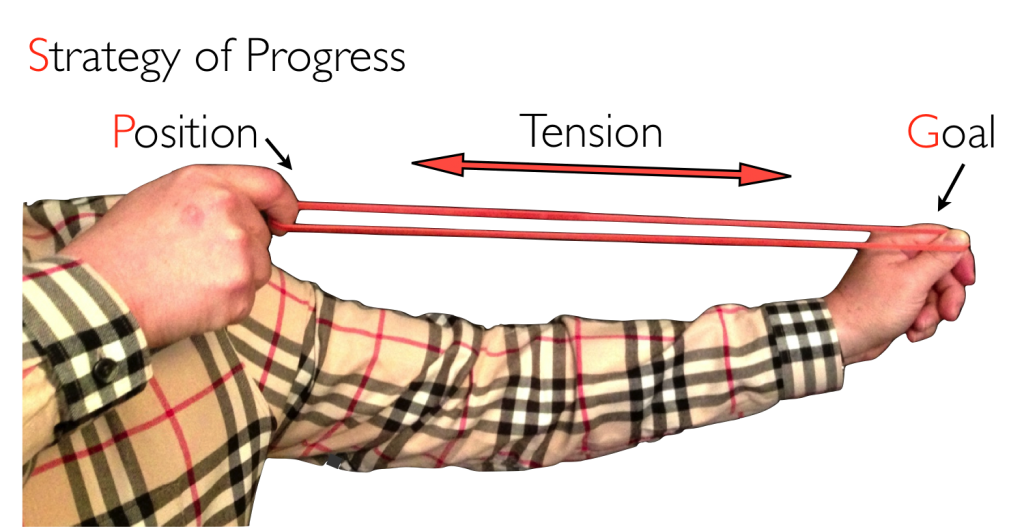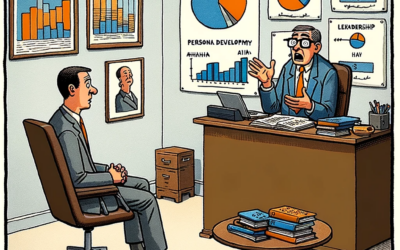Progress leadership examines the ways leaders use and diffuse tension to get coworkers to progress from their current position to their goals. David Emerald uses a rubber band as a metaphor to explain the tension created between one’s expected goal and the current position. The gap created is the metaphorical tension from the feeling of the unmet need or desire.
Often people will either reduce their expectation of the goal or change their starting point in order to reduce the tension. Emerald suggests instead to make micro-progress toward the goal. In doing so, you feel renewed with each step and begin to feel a reduction in tension. It gets progressively easier and builds confidence.
This concept of progress was studied in depth by Teresa Amabile. Dr. Amabile is the Edsel Bryant Ford Professor of Business Administration and a Director of Research at Harvard Business School. She found that the best way to increase your and your employees’ engagement is by connecting micro-progress to a meaningful objective, goal, action, or vision. We don’t simply want to reduce tension, in other words. We’re motivated by what this progress means to each of us individually, and how it will elevate our internal feelings of satisfaction and engagement.
Dr. Amabile’s research also shows that executives undermine employees’ motivation, creativity, productivity, commitment, and collegial attitude in four key ways:
- Mediocrity signals
- Strategic ‘attention deficit disorder’
- Corporate Keystone Cops
- Misbegotten ‘big, hairy, audacious goals’
If you want your coworkers to progress toward their goals without undermining them:
- Encourage and celebrate micro-progress to build confidence;
- Connect micro-progress to a meaningful and satisfying outcome for the individual.
Embrace progress leadership.




